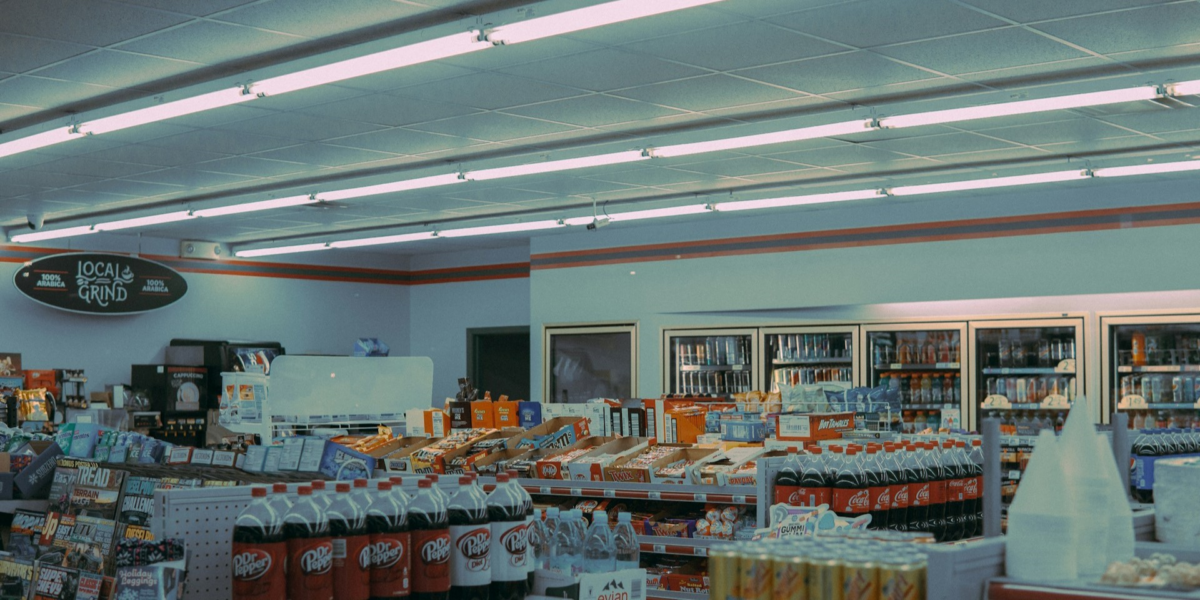Understanding Cinematic Composition: The Rule of Thirds in Film
When it comes to creating visually captivating and aesthetically pleasing films, composition plays a vital role in engaging the audience and conveying the filmmaker’s message effectively. One of the fundamental principles of cinematic composition is the rule of thirds. This simple guideline helps filmmakers frame shots in a way that enhances visual interest, balance, and storytelling. In this article, we’ll explore how the rule of thirds is applied in film and how it sets up beautiful shot compositions that captivate viewers.
What is the Rule of Thirds in Film?
The rule of thirds in film is a compositional technique used by filmmakers to create visually appealing and balanced shots. Similar to its application in photography, the rule of thirds involves dividing the frame into nine equal parts using two horizontal and two vertical lines, resulting in a grid of nine equally sized rectangles. The key elements of the scene are then placed along these lines or at the intersections of the lines, rather than at the center of the frame.
How Does it Work in Filmmaking?
In filmmaking, the rule of thirds is applied to frame individual shots and compose visual storytelling sequences. By positioning key elements of the scene – such as characters, objects, or points of interest – along the gridlines or intersection points, filmmakers create compositions that are visually balanced and engaging to the viewer. Here’s how the rule of thirds is applied in various aspects of filmmaking:
1. Framing Characters and Subjects
When framing characters or subjects in a shot, filmmakers often position them off-center along one of the vertical or horizontal gridlines. For example, a character’s face might align with one of the vertical gridlines, while their body occupies the remaining two-thirds of the frame. This asymmetrical composition adds visual interest and draws the viewer’s eye to the subject, creating a more dynamic and engaging shot.
2. Creating Depth and Dimension
The rule of thirds is also used to create depth and dimension in film compositions. By placing elements of the scene at different distances from the camera along the gridlines, filmmakers can convey a sense of perspective and spatial relationships. This helps immerse the viewer in the world of the film and adds visual depth to the shot.
3. Establishing Shots and Landscapes
In wide shots and landscape scenes, the rule of thirds is applied to frame the horizon line and prominent features of the environment. Filmmakers often position the horizon line along one of the horizontal gridlines, with the sky or foreground occupying the remaining two-thirds of the frame. This creates a sense of balance and harmony in the composition and allows the viewer to explore the landscape with ease.
4. Guiding the Viewer’s Eye
One of the primary functions of the rule of thirds in filmmaking is to guide the viewer’s eye through the frame and direct their attention to the most important elements of the scene. By placing key elements along the gridlines or intersection points, filmmakers create visual pathways that lead the viewer’s gaze from one part of the frame to another, enhancing the flow and coherence of the shot.
Advantages of the Rule of Thirds in Film
- Visual Interest: The rule of thirds adds visual interest and dynamism to film compositions, making them more engaging and captivating to the viewer.
- Balance and Harmony: By distributing visual elements across the frame according to the rule of thirds, filmmakers create compositions that are visually balanced and harmonious.
- Storytelling Impact: Effective use of the rule of thirds can enhance the storytelling impact of a film, helping to convey emotions, themes, and narrative elements more effectively to the audience.
Mastering the Rule to Elevate Quality
The rule of thirds is a powerful compositional technique that filmmakers use to create visually compelling and impactful shots in their films. By framing characters and subjects, creating depth and dimension, establishing shots and landscapes, and guiding the viewer’s eye through the frame, filmmakers can leverage the rule of thirds to enhance the visual storytelling experience and captivate audiences. Whether you’re a novice filmmaker or a seasoned pro, mastering the rule of thirds is an essential skill that can elevate the quality and effectiveness of your filmmaking compositions.













